‘Project Japan’, A Manifesto for Utopia
An unprecedented investigation of Japan’s post-war architectural movement documents the beginnings of a global urbanism.

Kisho Kurokawa's ‘Capsule House K’ © Copyright OMA
For a generation of Japanese architects, a creative blank slate had appeared in the ruins after the turbulent decades of World War II. In Project Japan: Metabolism Talks… (2011), a couple of the world’s renowned cultural theorists, architect Rem Koolhaas and curator Hans-Ulrich Obrist, trace the endeavours of the Metabolist movement from the 1950s, interviewing some of its last members.
The group, with an international exposure at the 1960 Tokyo World Design Conference, was radical in comparing urban planning to a biological process. Though many of their futurist ambitions remain unrealised, their maps and models can be ubiquitously linked with the present day.
Living Cities
Project Japan traces unforeseen plans, with manifestos titled ‘Ocean City’ and ‘Space City’ that reflect human society as ‘a vital process—a continuous development from atoms to nebula.’ Megastructures and concrete patterns can be ‘plugged’ into one another, forming landscapes of helix-shaped towers. Cellular grids extend indefinitely, from artificial land that keeps a rapidly growing Tokyo afloat.
It came not long after the shocking new scale of projects in recent history—Le Corbusier in Europe, or even Japan’s prospects in colonised Manchuria. These examples had indeed captured the imagination of the Metabolists, but instead of treating buildings as static objects, in their concrete structures they emphasised concepts of organic growth and reproduction, to accommodate flexibly for collective life in the future. Catalysed by old aesthetics of impermanence, Japan under the Metabolists is to be infinitely re-built with maximum cellular dynamism.
Future Organisms
But the status of utopia in Project Japan remains ambiguous. Its main contributor, Rem Koolhaas, Partner at the Office for Metropolitan Architecture, is a controversial architect who designed Beijing’s new Central China Television Headquarters and the Shenzhen Stock Exchange. Yet today he is recognised as one of our most important urban theorists who grasps the implications of complete modernisation. According to his writings, contemporary space has become completely arbitrary, emptied of meaning and only passive to the forces of the market economy. Yet, as he first saw in the ‘chance-like’ nature of 1970s New York, these new cities were in a sense already visited in the infinitely mutating worlds of Metabolism.
Project Japan defines Metabolism as a prophetic moment, from which a totally interconnected future became inevitable. In spite of theoretical proposals, apartment buildings as modular as Kisho Kurokawa’s Nakagin Capsule Tower have since sprouted everywhere, and schemes as ever-expanding as the development of Shinjuku station have defined life in the city. Their questions of changing the world may have already been answered in the urban assemblages of today.
Project Japan: Metabolism Talks… (2011), a collective book produced by OMA is available for purchase through Taschen.
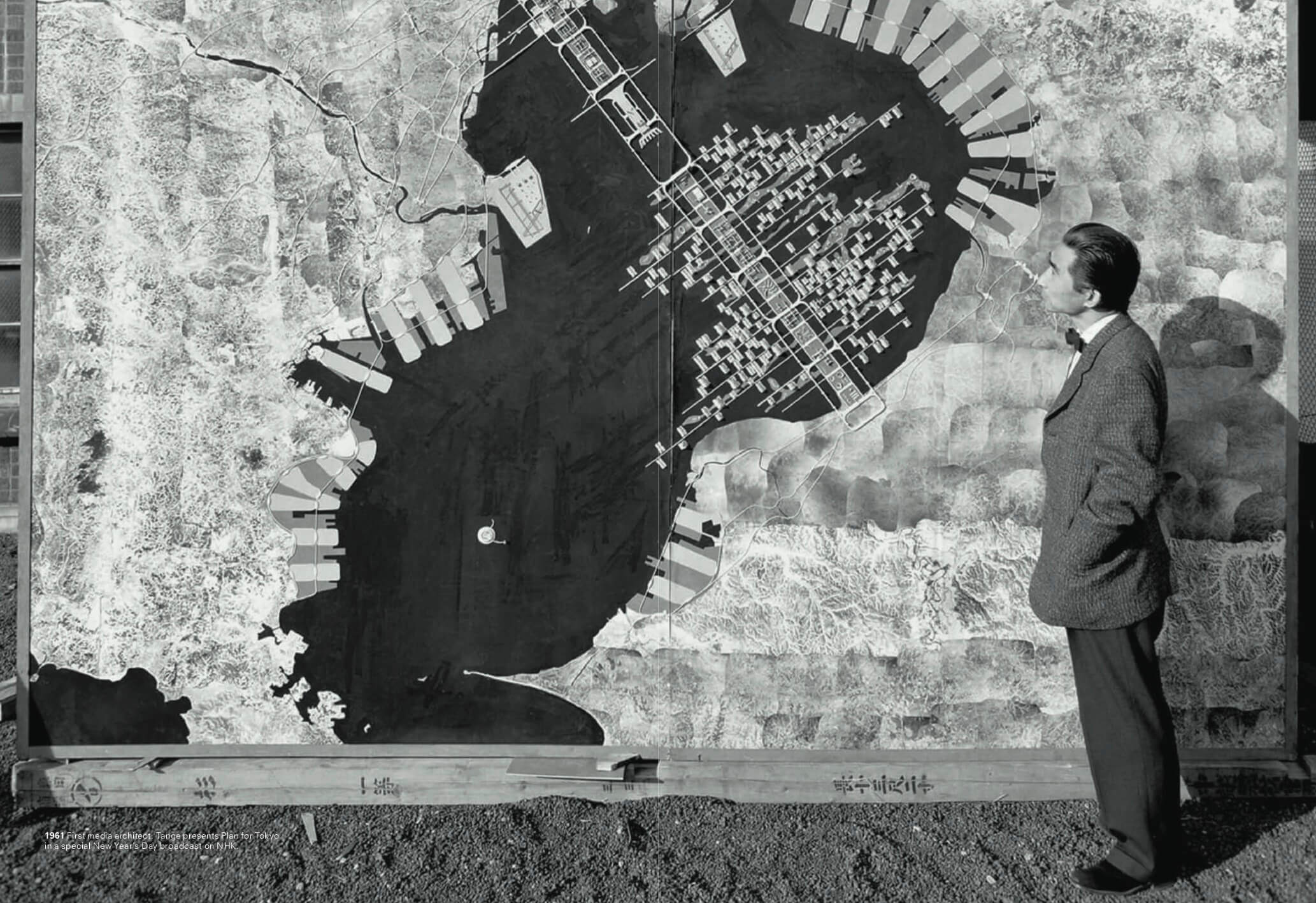
Plans for Tokyo Bay at the Tokyo World Design Conference 1960 © Copyright OMA
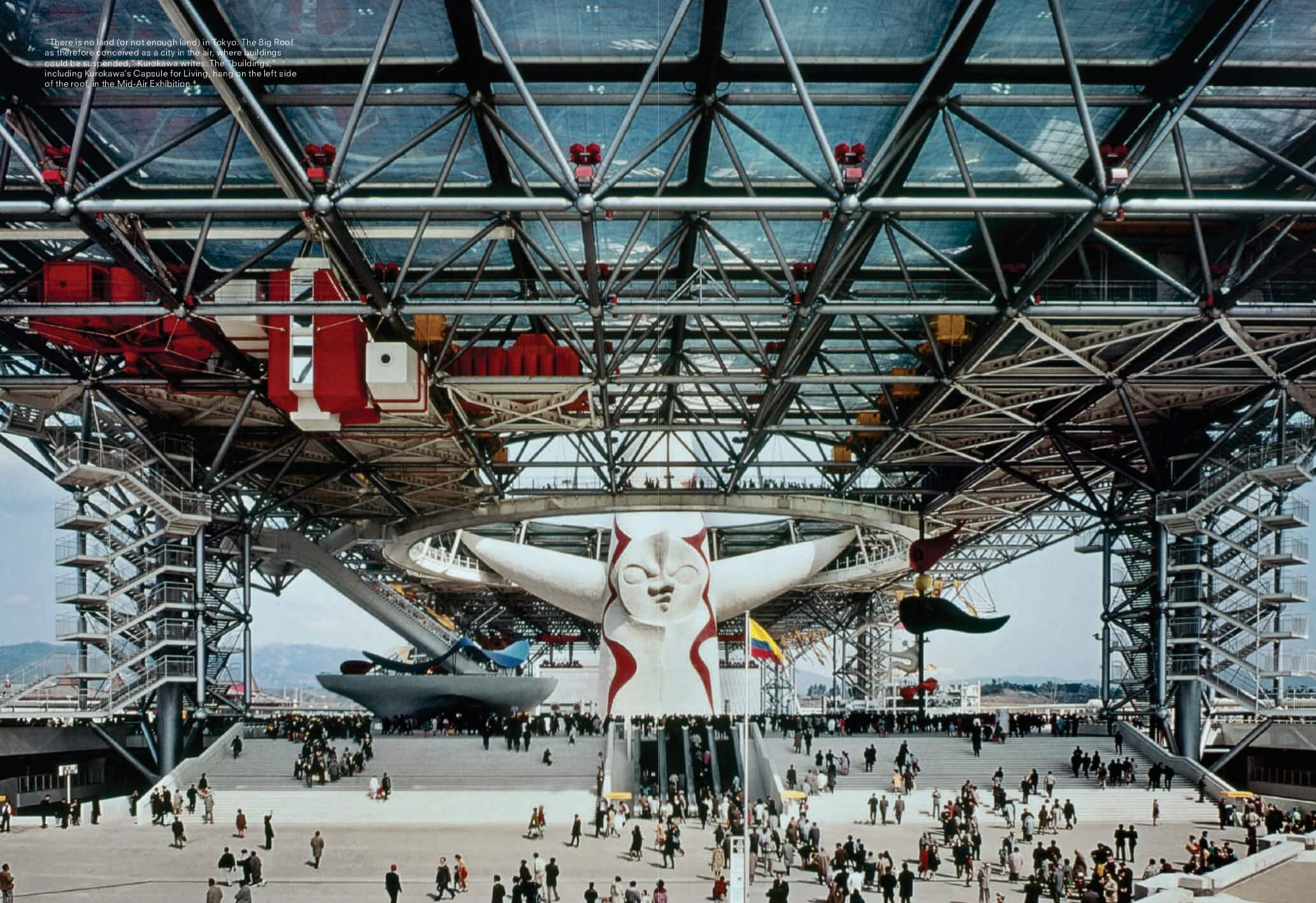
Osaka Expo 1970. Kenzo Tange was in charge of the whole site, and a great concentration of Metabolism's architecture was exhibited there. © Copyright OMA
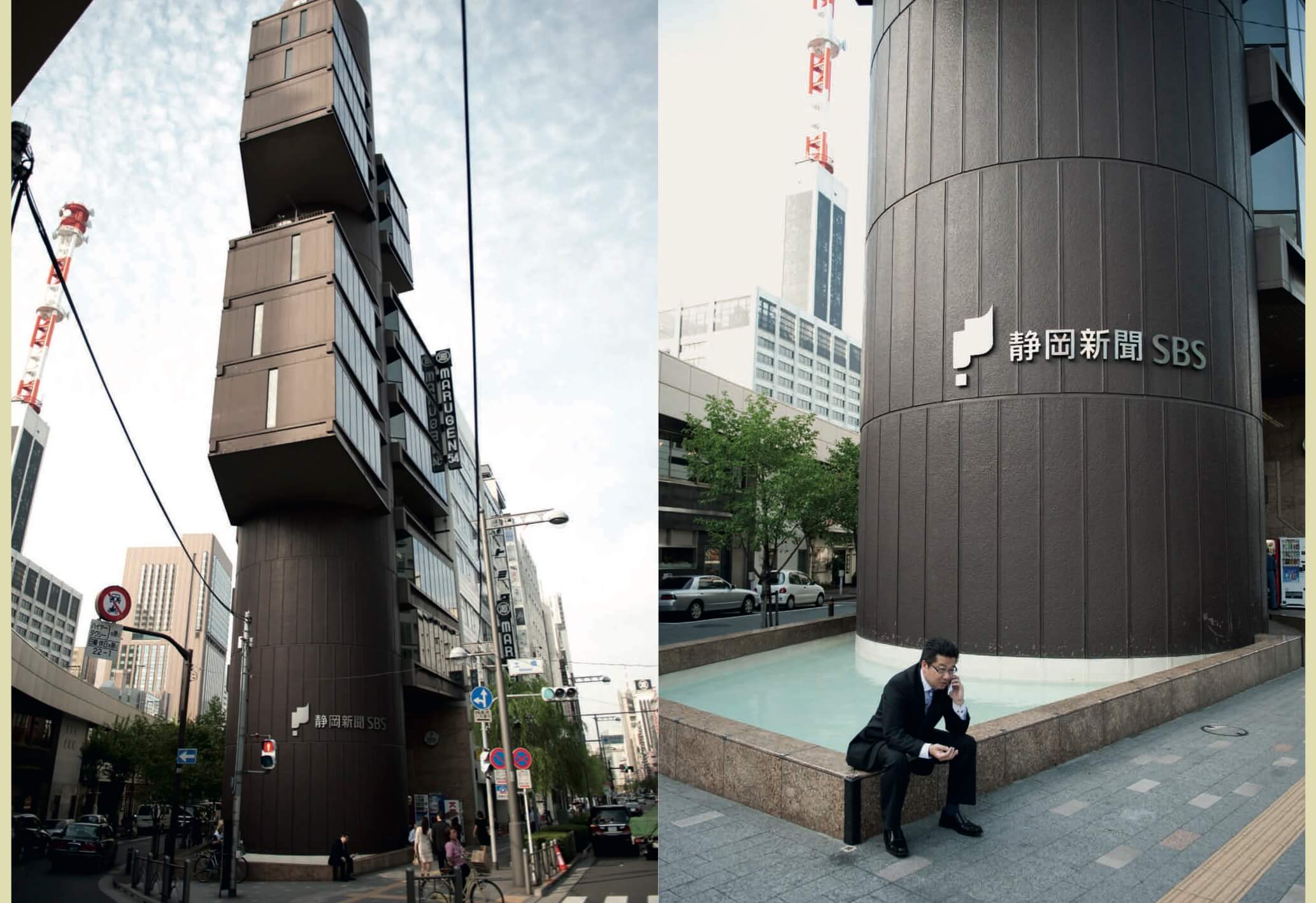
Shizuoka Press and Broadcasting Centre © Copyright OMA
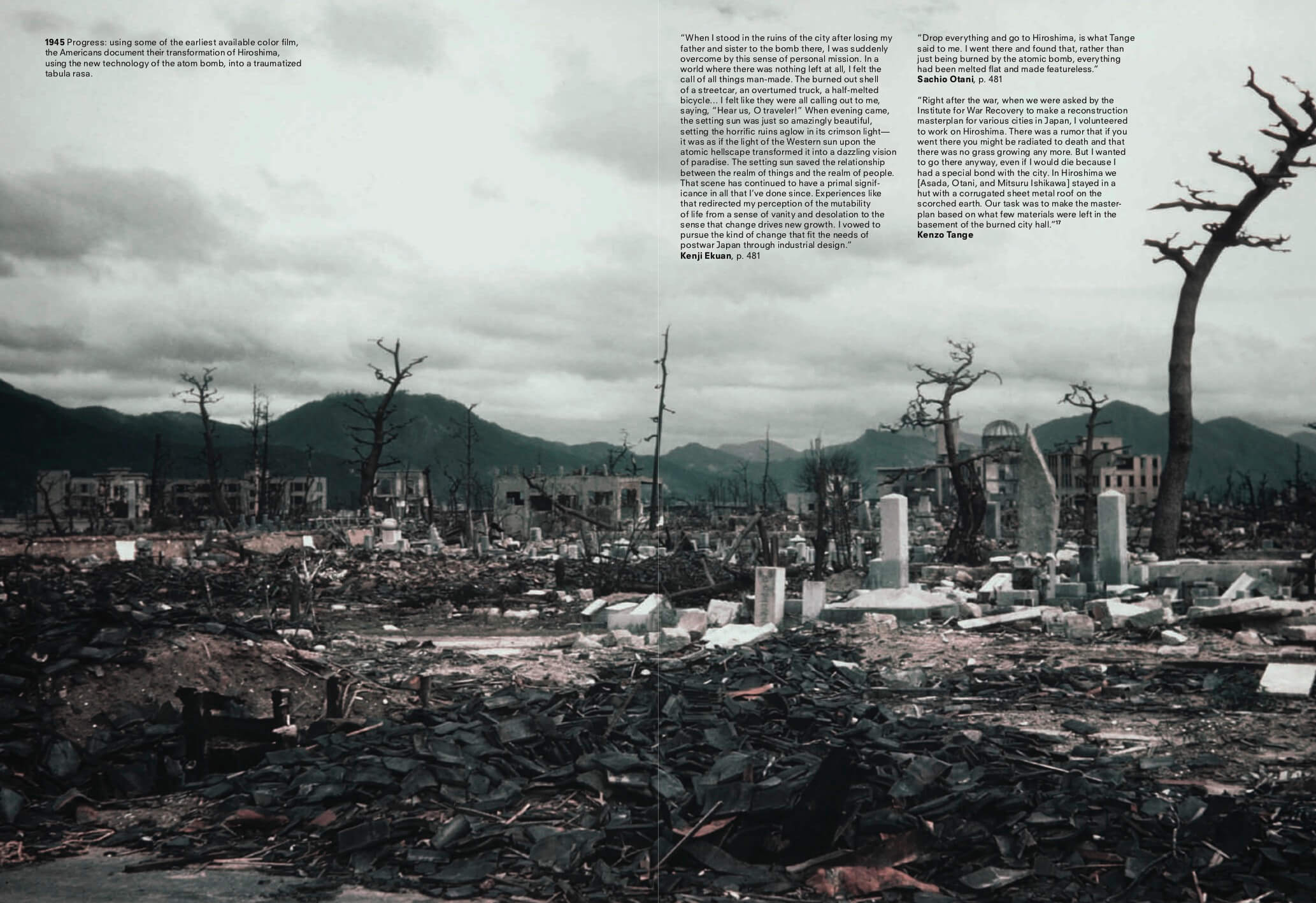
Metabolism in the ruins of the Atom Bomb © Copyright OMA
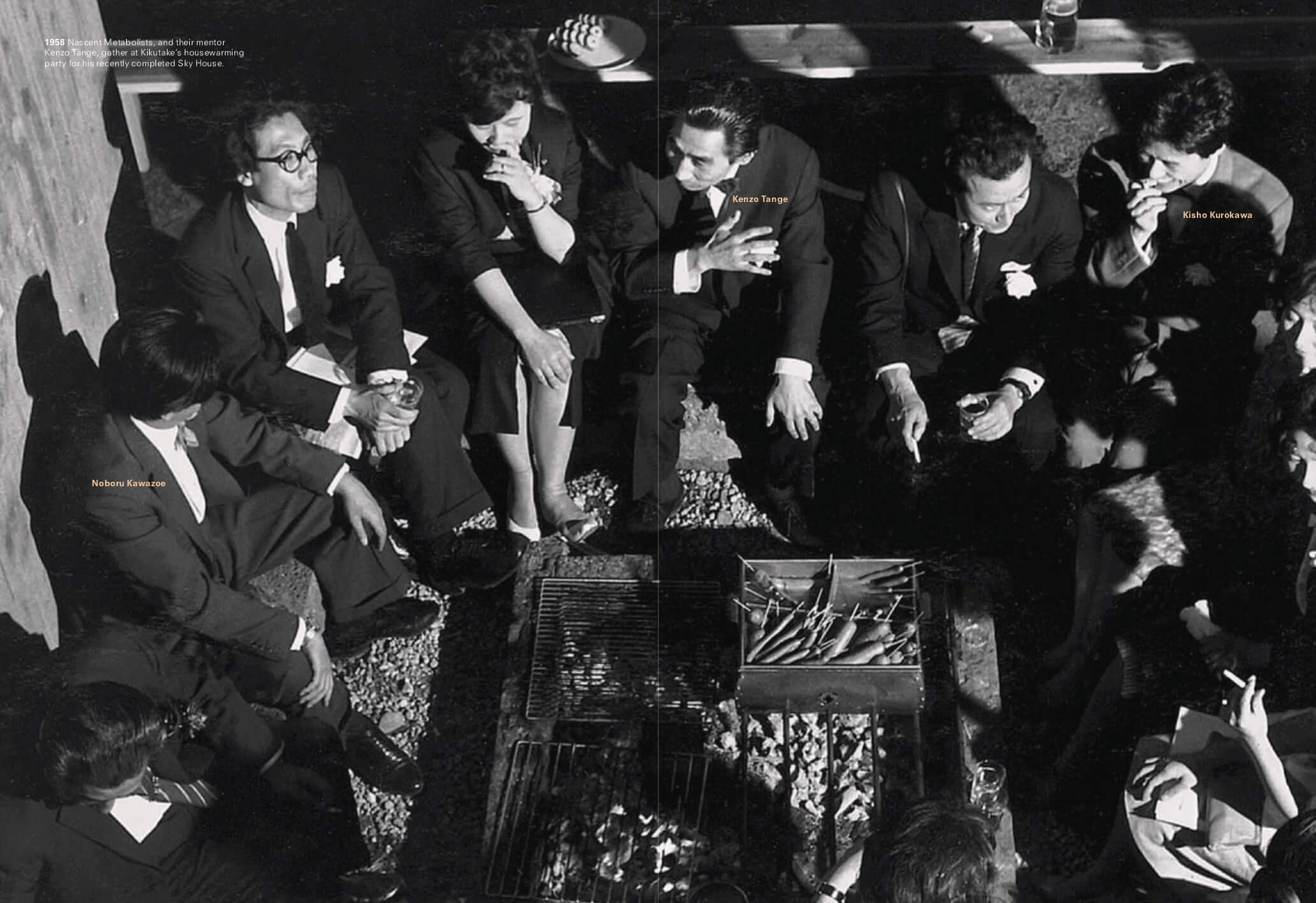
Architects of Post-War Japan © Copyright OMA
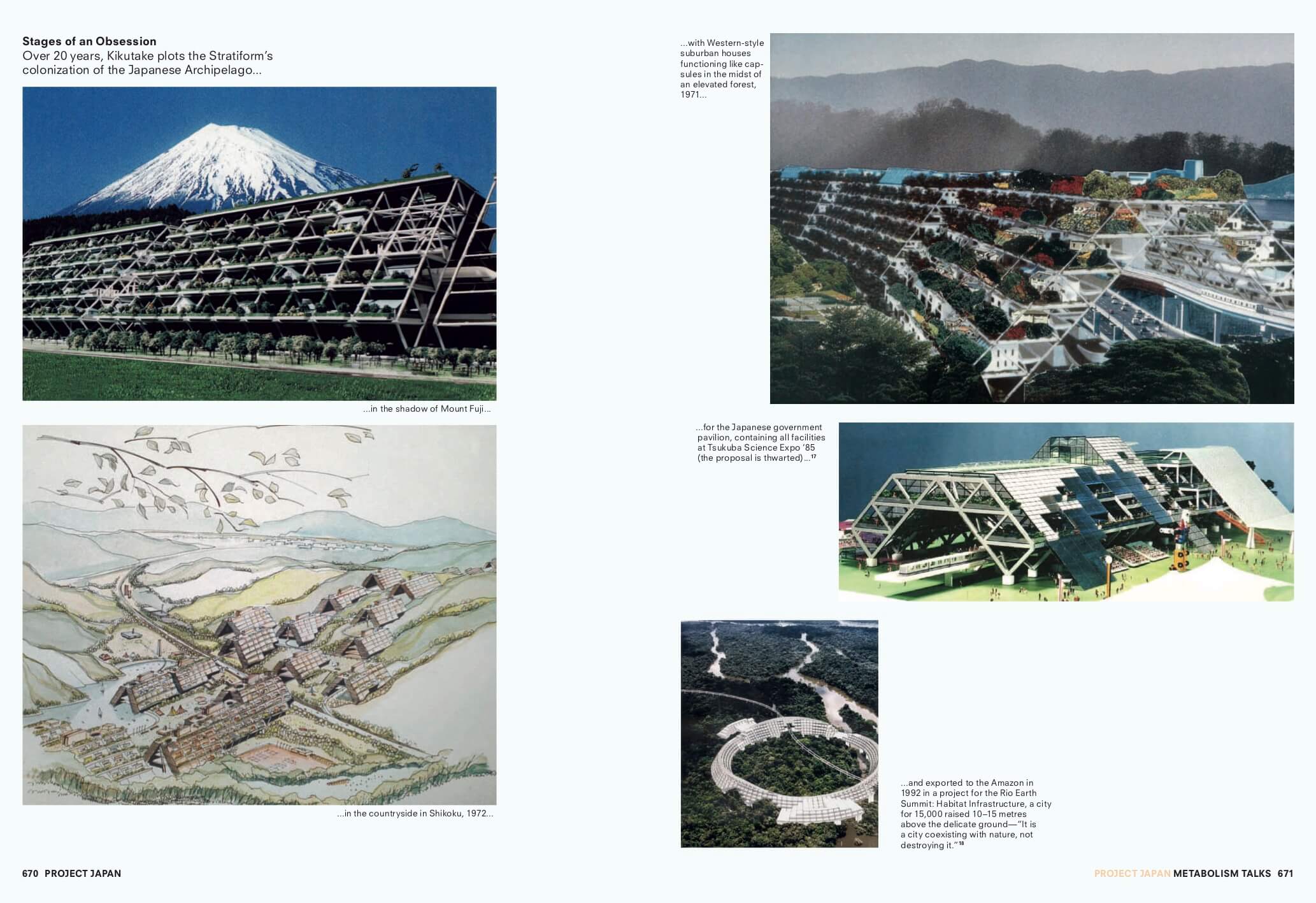
‘PROJECT JAPAN‘ © Copyright OMA
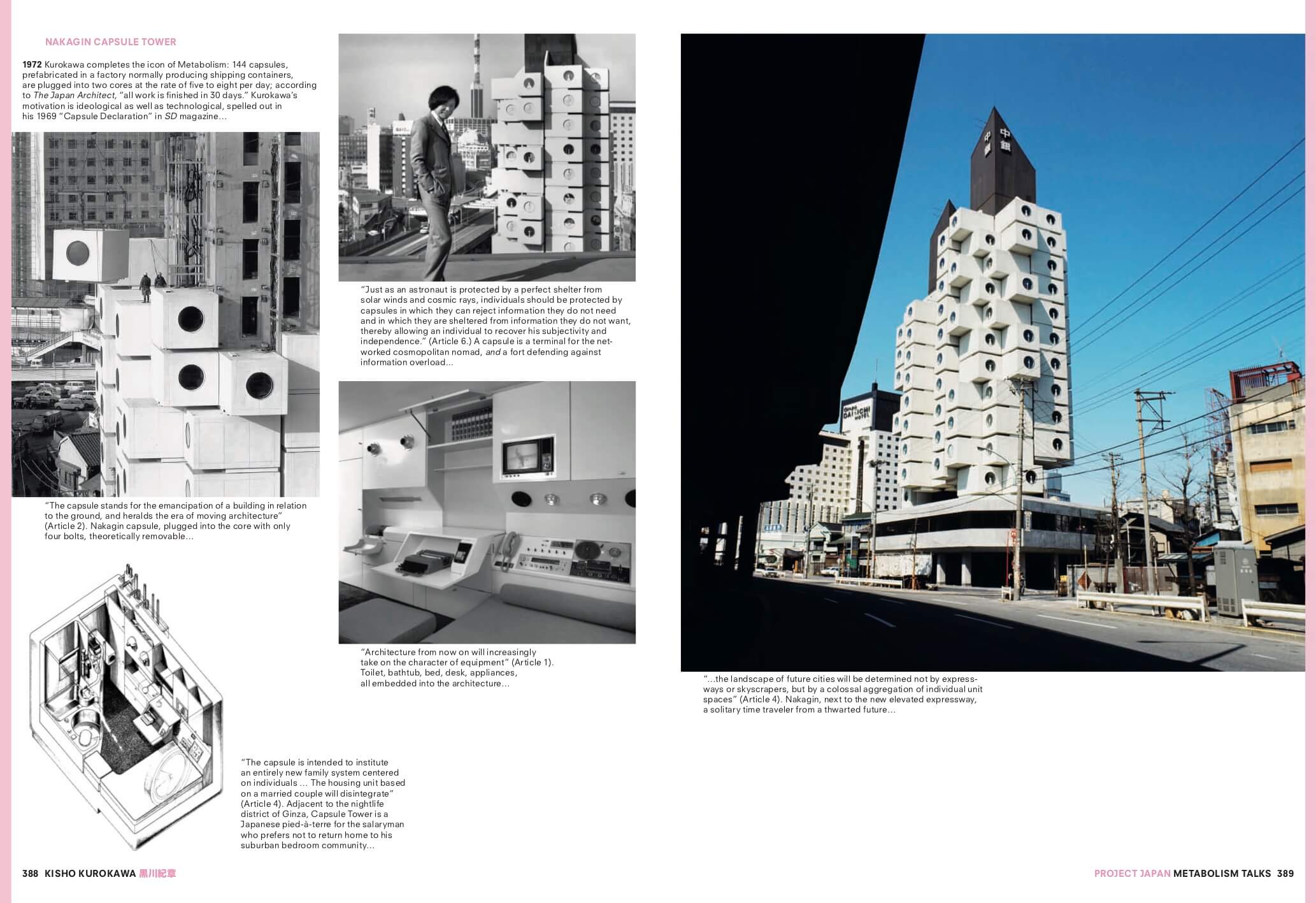
‘PROJECT JAPAN‘ © Copyright OMA
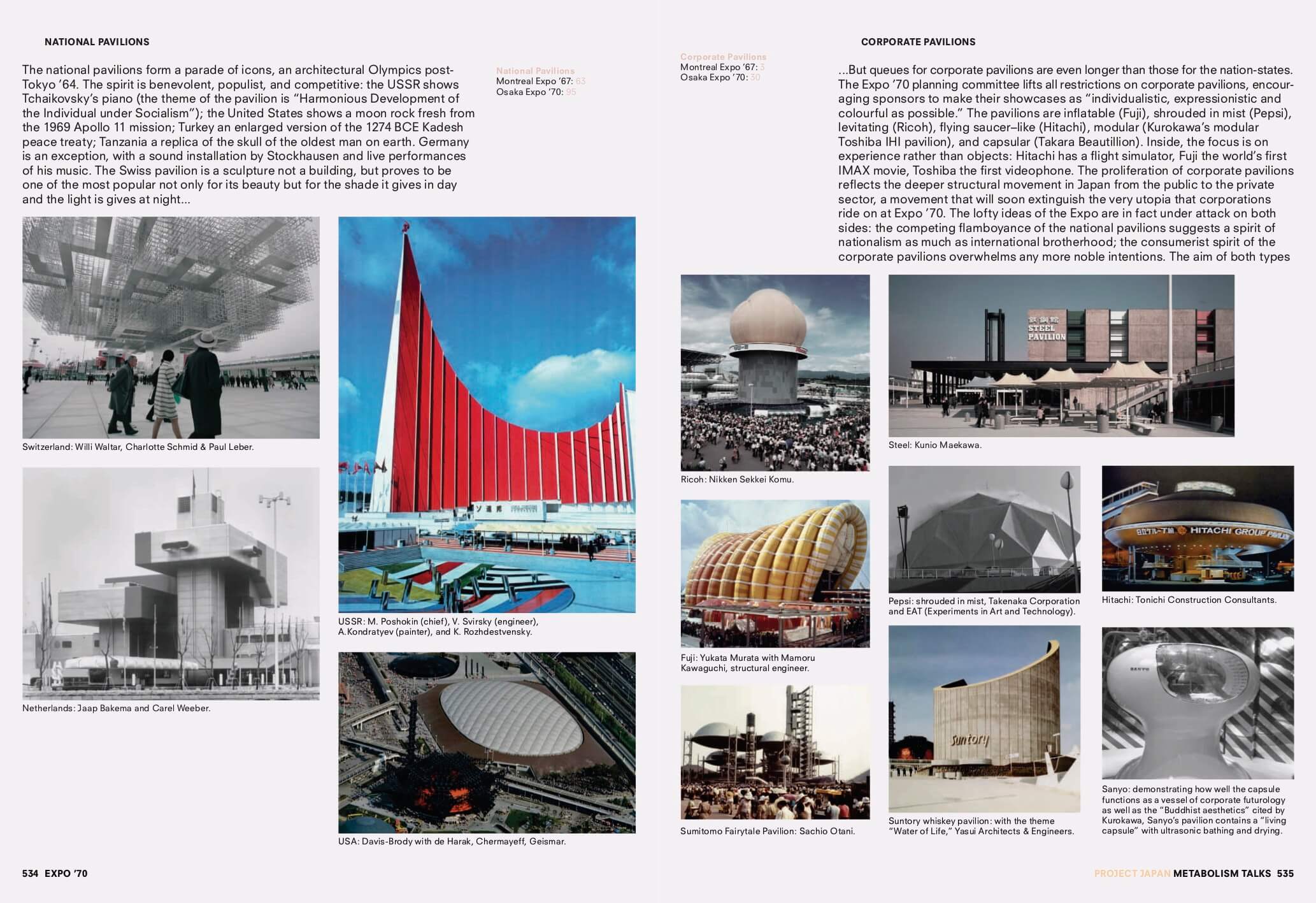
‘PROJECT JAPAN‘ © Copyright OMA
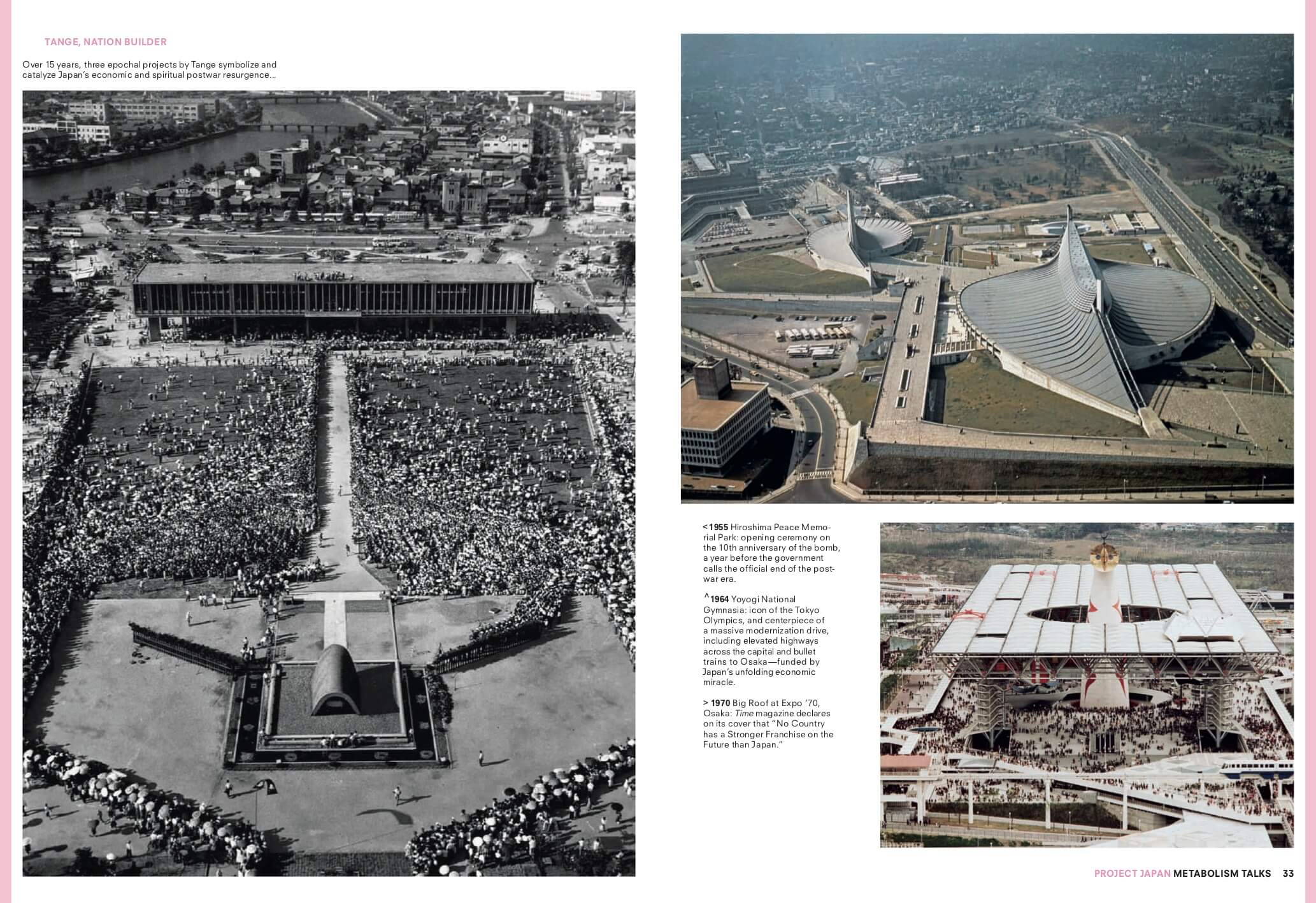
‘PROJECT JAPAN’ - Plans for Osaka Expo © Copyright OMA
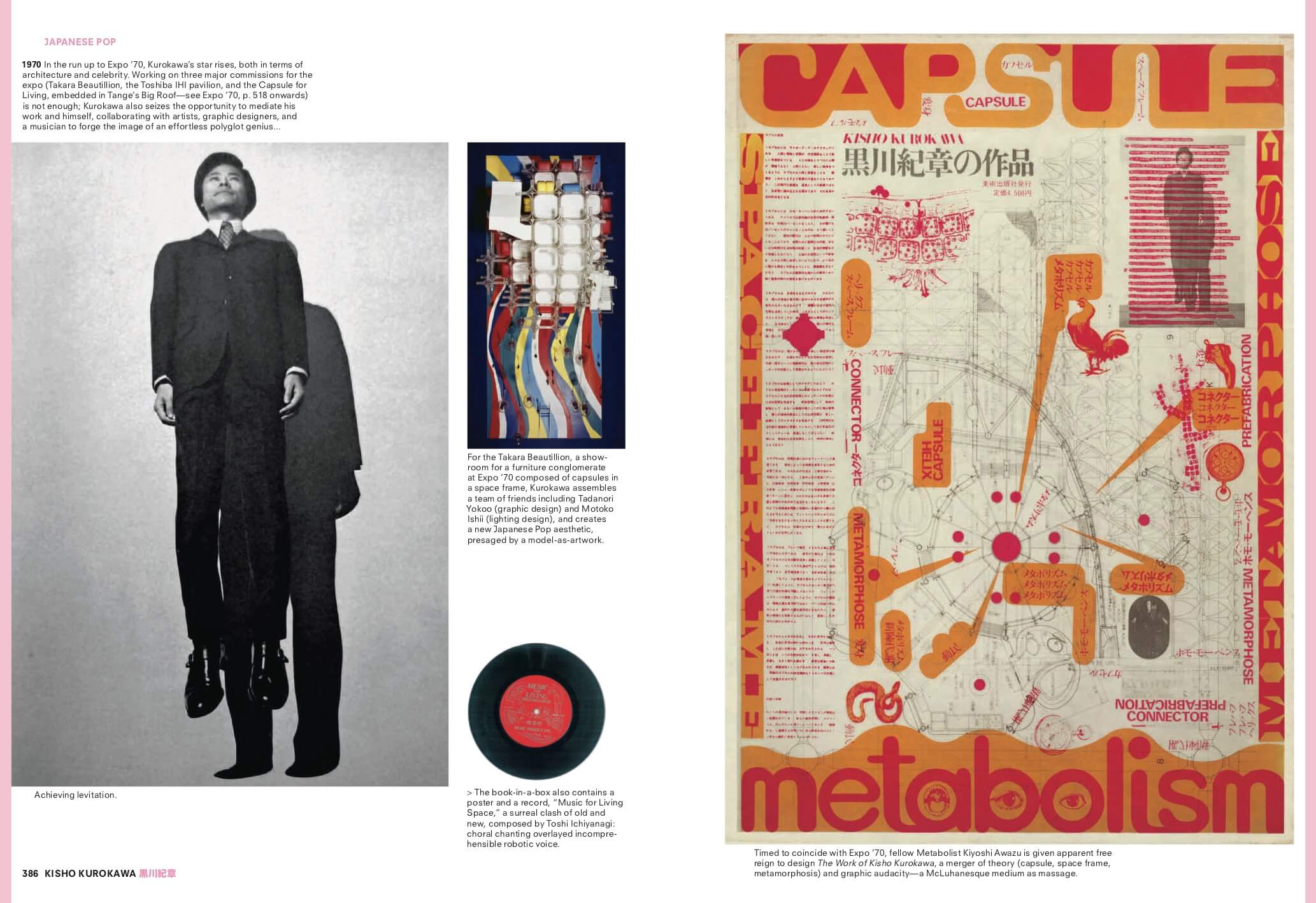
‘PROJECT JAPAN’ - Kisho Kurokawa © Copyright OMA
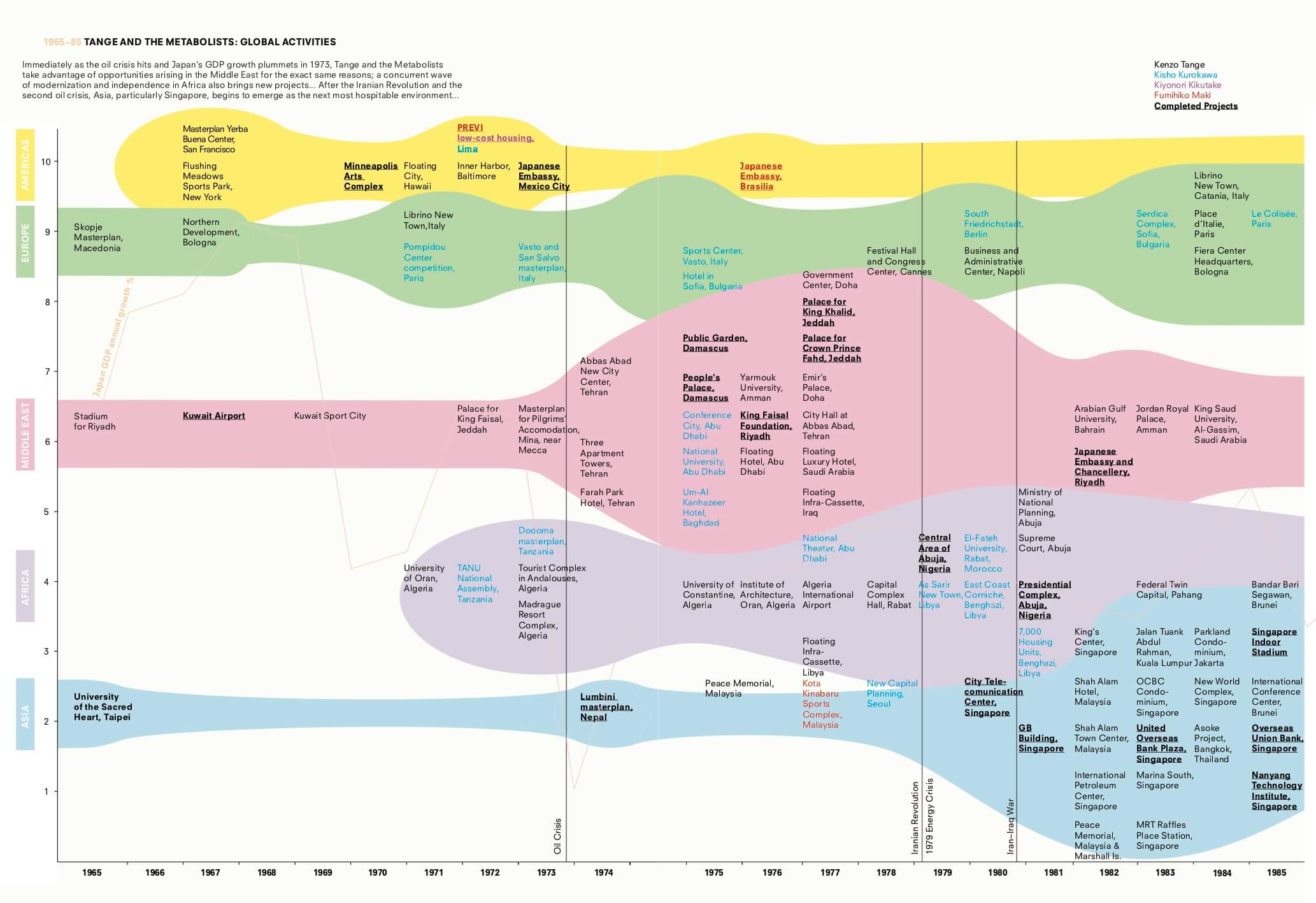
‘PROJECT JAPAN’ - A Timeline of the Metabolism © Copyright OMA

‘PROJECT JAPAN’ - The faces of Metabolism © Copyright OMA
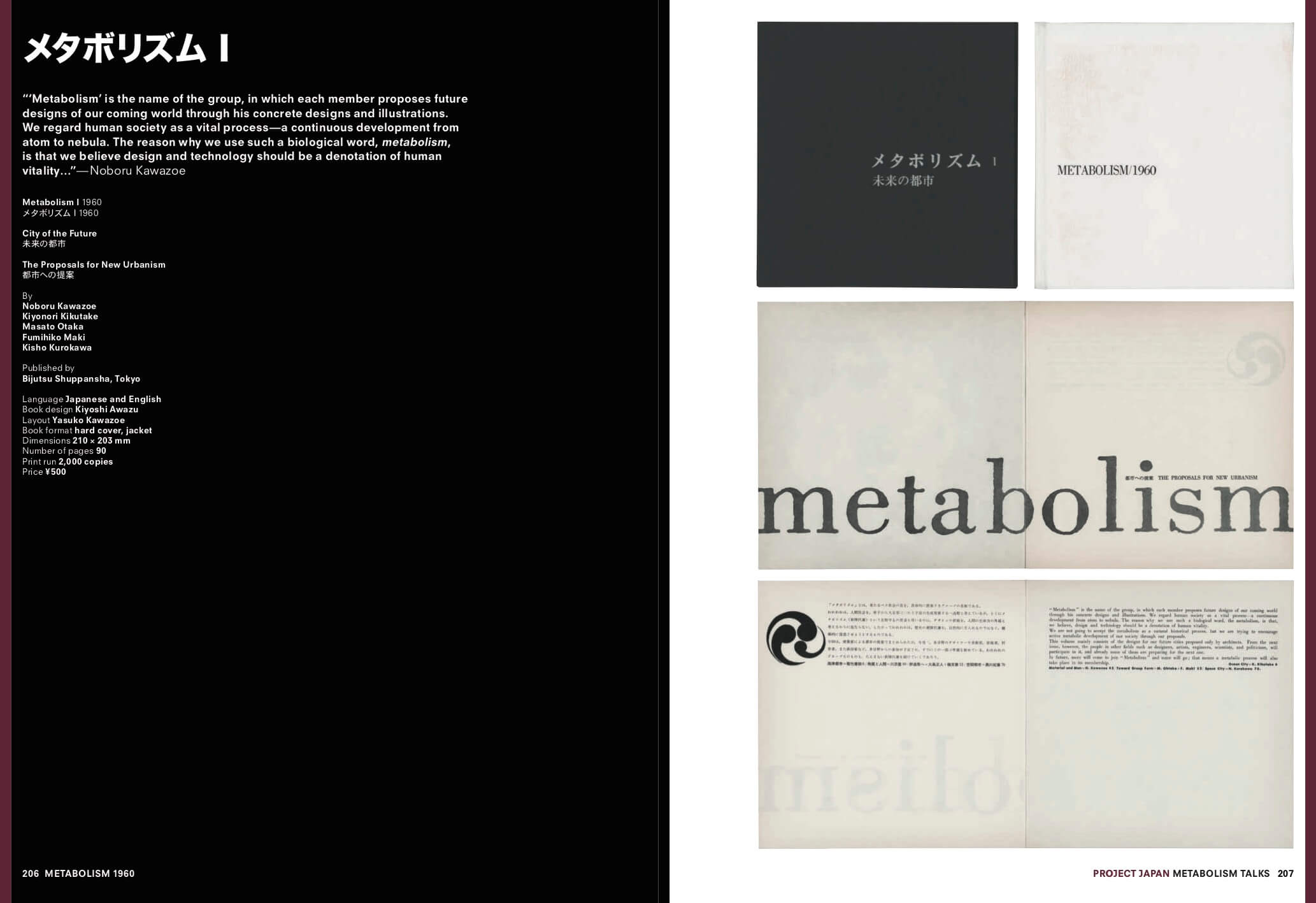
‘PROJECT JAPAN’ © Copyright OMA

‘PROJECT JAPAN‘ © Copyright OMA
TRENDING
-
The Tattoos that Marked the Criminals of the Edo Period
Traditional tattoos were strong signifiers; murderers had head tattoos, while theft might result in an arm tattoo.

-
Hiroshi Nagai's Sun-Drenched Pop Paintings, an Ode to California
Through his colourful pieces, the painter transports viewers to the west coast of America as it was in the 1950s.

-
Shirow Masamune and the Legacy of ‘Ghost in the Shell’
The first major exhibition sheds light on the elusive artist’s full body of work, from cyberpunk icons to lesser-known creations.

-
Paris, Tokyo: Robert Compagnon
With his co-chef and talented wife, Jessica Yang, Robert Compagnon opened one of the top new restaurants in Paris: Le Rigmarole.
 3:31
3:31 -
Craig Mod Looks Back at a Decade of Meditative Walking
In his book ‘Things Become Other Things’, the photographer engages in deep introspection that began while walking the Kii Peninsula.





